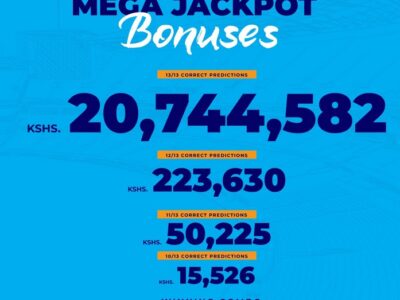Across Kenya, there are numerous markets that investors participate in – from forex and commodities to equities and even cryptocurrencies. Each has its own dynamics, but they are all influenced, directly or indirectly, by global economic trends.
One of the most important indicators of these trends is the US30 – otherwise known as the Dow Jones Industrial Average – which reflects the overall health and direction of the US economy. So how does an index like this affect local investment sentiment and, if you’re an investor, what exactly can you do to use it to your advantage?
The US30: Explained
For starters, the US Wall Street 30 index acts as a global sentiment gauge. Let’s say you’re looking at a real-time chart on Exness, and you notice the index performing strongly. That signals that optimism among international investors is high, and capital is flowing into equities, suggesting a bullish global outlook.
Conversely, if you were to look at the chart and see that it’s declining, that signals that confidence is low and risk aversion is increasing, meaning investors may be pulling back. In simple terms, it serves as a reflection of how confident global markets feel about the world economy, and that has significant implications for investors everywhere, including Kenya.
Because Kenya’s markets are becoming increasingly connected to global capital flows, any major movement in the US30 can affect everything from local asset prices and currency strength to investor behaviour and market liquidity.
For instance, if the US30 begins a strong upward trend, investors might become more willing to take on risk, which could boost demand for Kenyan equities or the KES. On the other hand, a sharp decline in the index might trigger risk aversion, leading to capital outflows or increased demand for safe-haven assets like gold or the US dollar.
Case in Point
Looking at this a bit more practically, let’s say you’re an investor in Kenya utilising gold trading strategies like trend following or mean reversion. Imagine that the US30 has been steadily declining over the past few weeks, reflecting growing risk aversion among global investors as might be seen on Exness for example.
In response, capital flows are shifting towards safe-haven assets, including gold, which is driving the price higher. As a trend-following trader, you could use this signal to enter a long position on gold, anticipating that global investors’ risk-averse behaviour will continue to support the upward trend.
At the same time, you could monitor the US30 alongside USD/KES to give you an extra layer of insight: if the decline in the US30 is also causing the KES to weaken against the dollar, the local price of gold in KES may rise even faster, amplifying your pot













